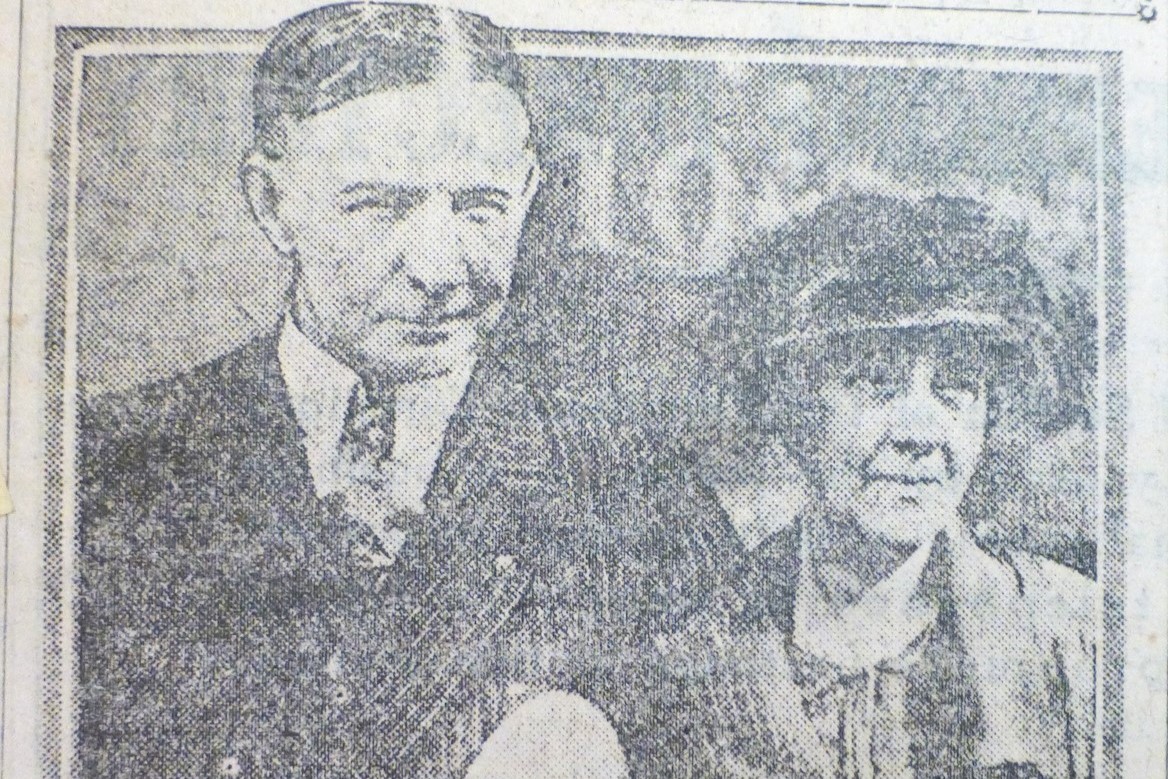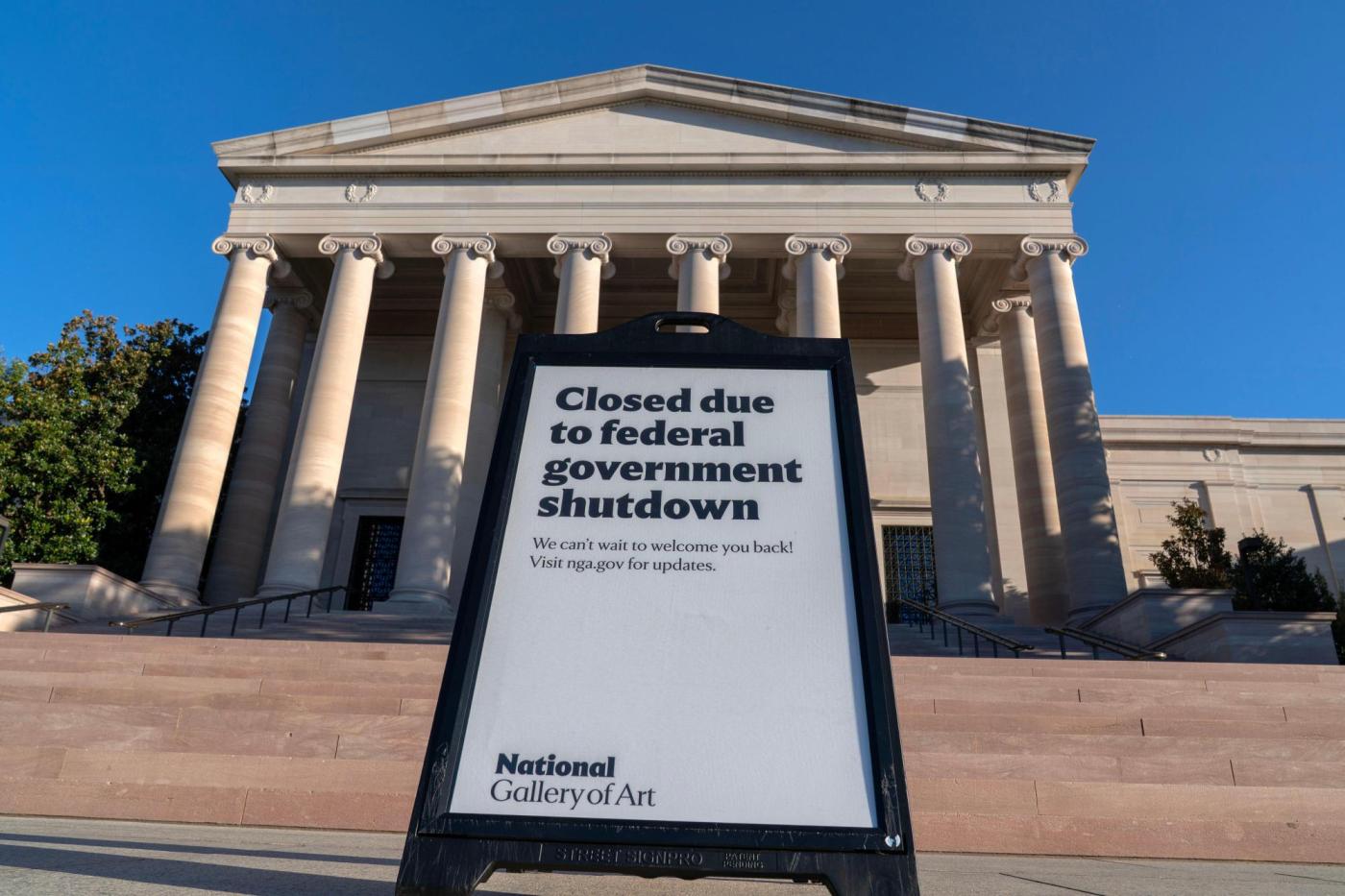Charles Dawes was coming to Berkeley in September 1925, the Berkeley Daily Gazette reported! You may be excused for not knowing his name, as he’s the now largely forgotten U.S. vice president under Calvin Coolidge. He was making a trip to the Bay Area to attend a San Francisco celebration of California’s 75th anniversary of its statehood.
Vice President Charles Dawes was coming to Berkeley in late summer 1925, which Berkeley Daily Gazette editors decided merited a headline atop of their Sept. 5, 1925, front page. (photo courtesy of Berkeley History Society and Museum)
An informal side trip to Berkeley would also be made since his wife’s sister, Mrs. H. N. Morris, lived at 28 Plaza Drive. The Dawes were planning to make a private visit to her home but, the Gazette reported, star-struck locals were hoping for some sort of formal public appearance in Berkeley by “this famous American and his wife.”
Dawes was indeed prominent in his era. Not only was he vice president, but he had served in the military during the Great War and would later be ambassador to the United Kingdom. His most notable accomplishment, helping negotiate Germany annual reparations payments the Great War and its economic reform afterward through what was called the Dawes Plan, would make him a co-recipient of the Nobel Peace Prize later in 1925.
Dawes is also known for the quip in reference to his career working with Congress, particularly on financial and diplomatic policy, that “I should hate to think that the Senate was as tired of me at the beginning of my service as I am of the Senate at the end.”
Runaways: The Gazette headlined an “epidemic of missing boys” on Sept. 1, 1925. The article said that no less than five Berkeley boys had been reported missing that day and were “presumably runaways.”
They were ages 13 to 17, and in most cases their parents said the boys had left for school in the morning but never showed up there. Two of them — 17-year-olds — were said to have $75 in cash, a considerable sum for that era, that could support them for a while.
Sign ban: Berkeley’s real estate board met Sept. 1, 1925, and decided to extend a ban on advertising signs for homes for sale.
As new neighborhoods were subdivided and homes built, for-sale signs had proliferated on houses and lots, and many real estate sellers felt they constituted a blight. They contended that a neighborhood festooned with “for sale!” signs could make people think the neighborhood was distressed and undesirable, not up-and-coming.
Toddler killed: At the beginning of September 1925, 2-year-old Paul Tracy, of 2628 Grant St., was knocked down and run over by a car driven by a neighbor, when he suddenly ran into the street “to greet his home-coming Daddy,” said the Gazette.
The driver of the car stopped and carried the boy to the hospital, where he died five hours later. The driver then went to the police department to report the accident. This was common in that era. I’ve come across many newspaper reports where drivers involved in accidents voluntarily provided transport to the hospital.
Mosquito swarms: “There have been an unusually large number of mosquitoes this year throughout the Bay region and complaints have come to the university from many sources ranging from country clubs, where golfers raised a protest, to the Associated Oil company and other large business interests whose employees spend time and energy combating these pests,” the Gazette reported Sept. 7, 1925.
UC Berkeley professor of parasitology William Herms was on the job and advised that “the mosquitoes originate almost wholly in the neighboring salt marshes and are vigorous biters but not carriers of disease. Those affecting the campus breed largely along the waterfront.” He called for Alameda County to organize a mosquito abatement district.
Bay Area native and Berkeley community historian Steven Finacom holds this column’s copyright.





